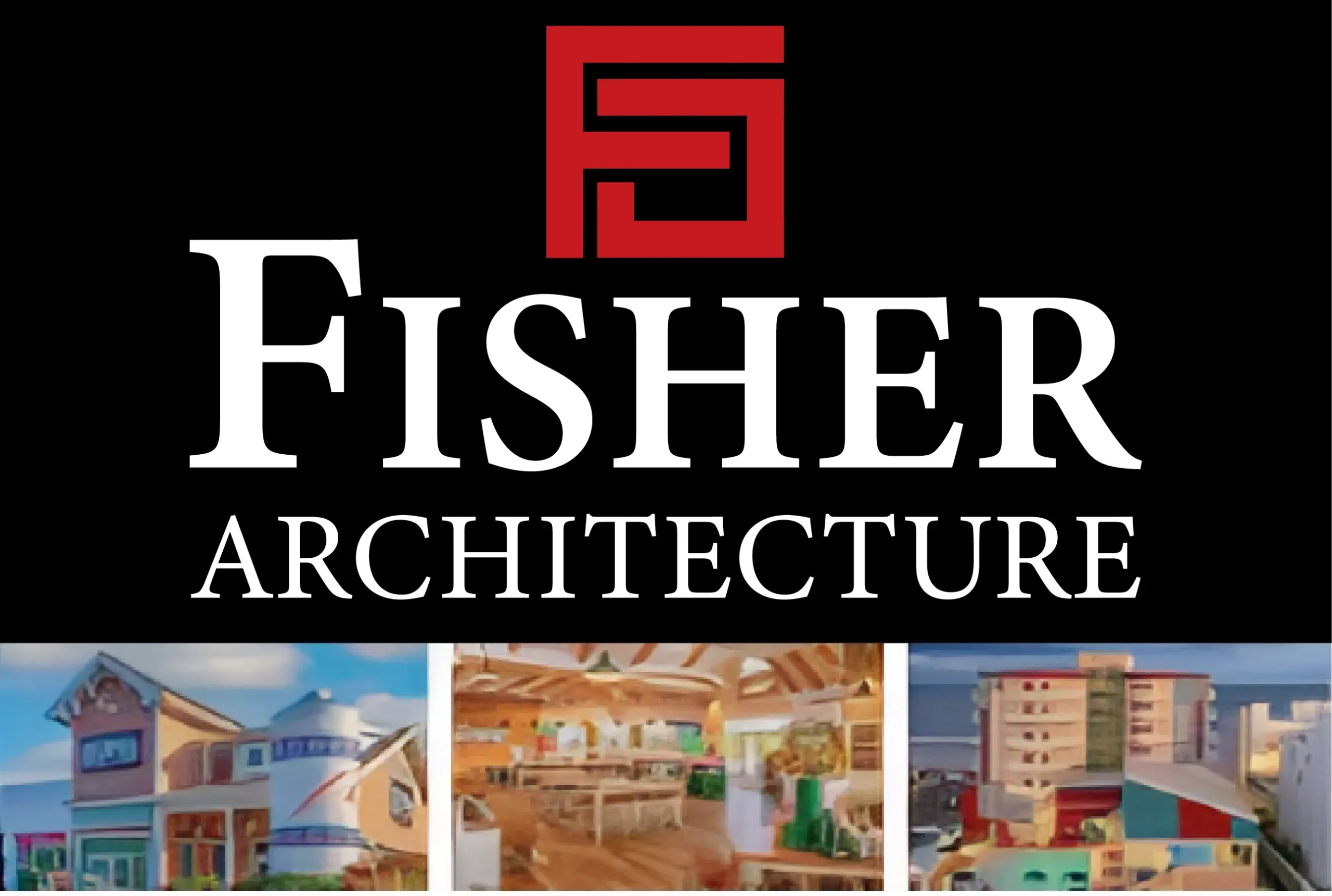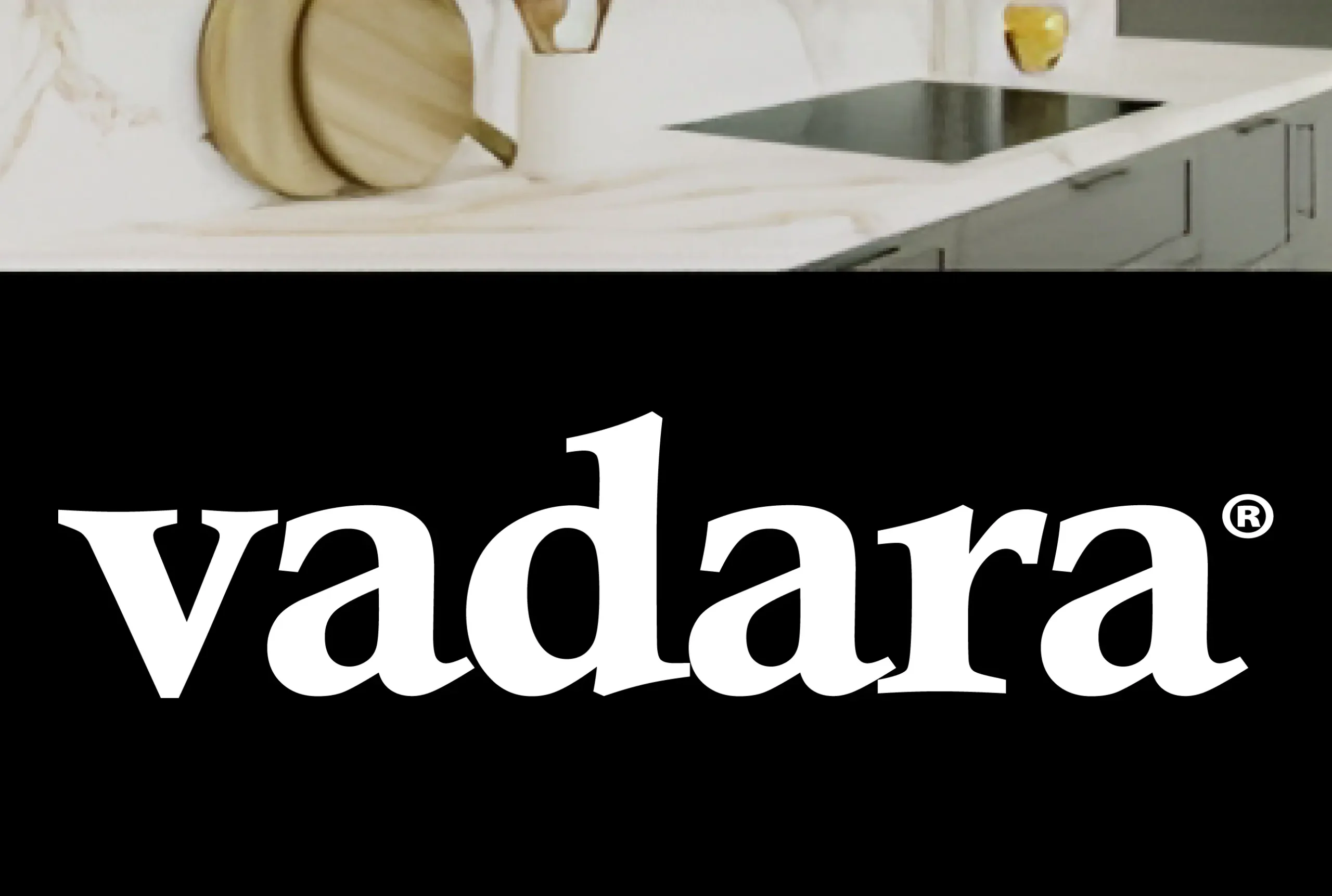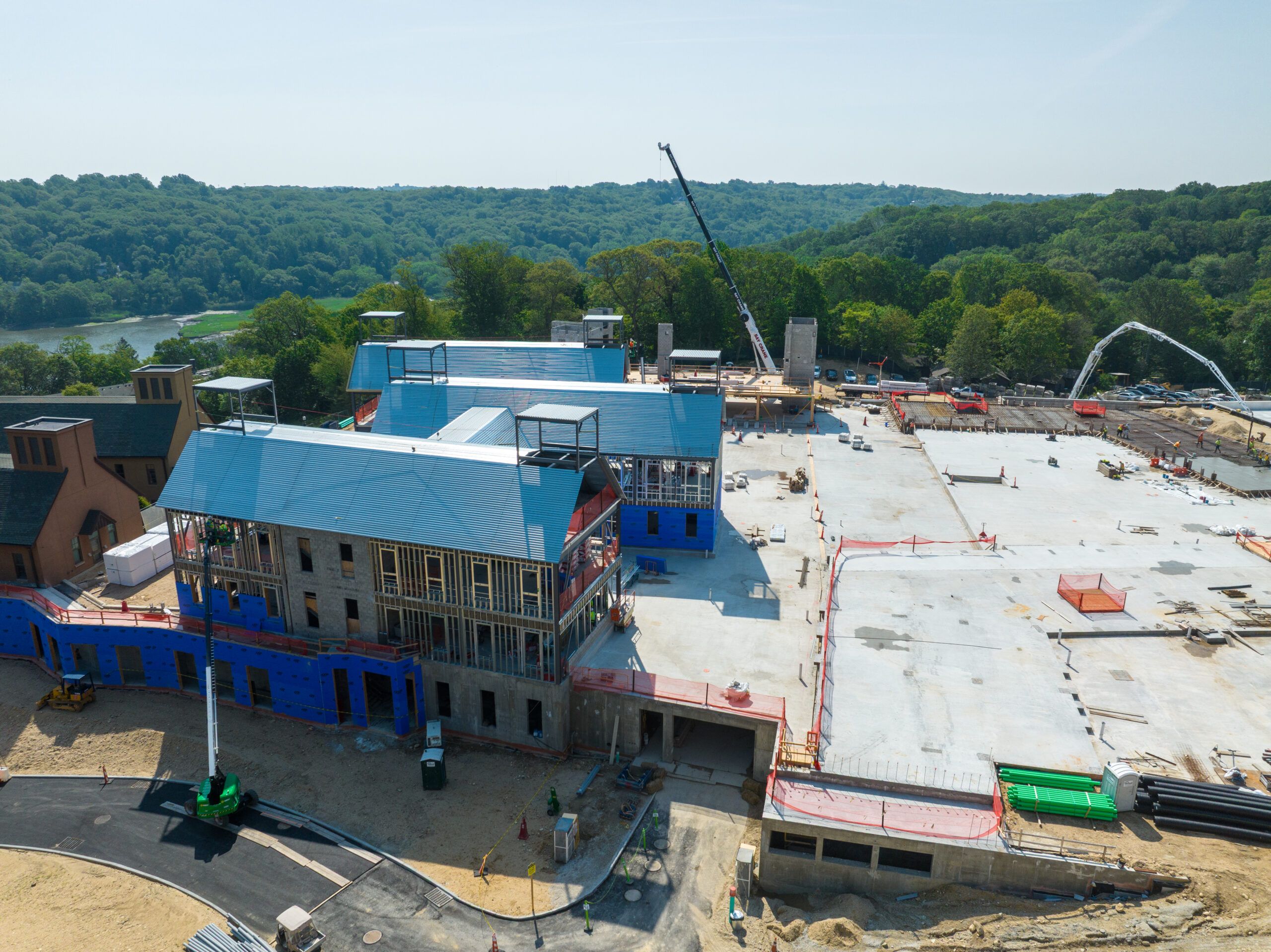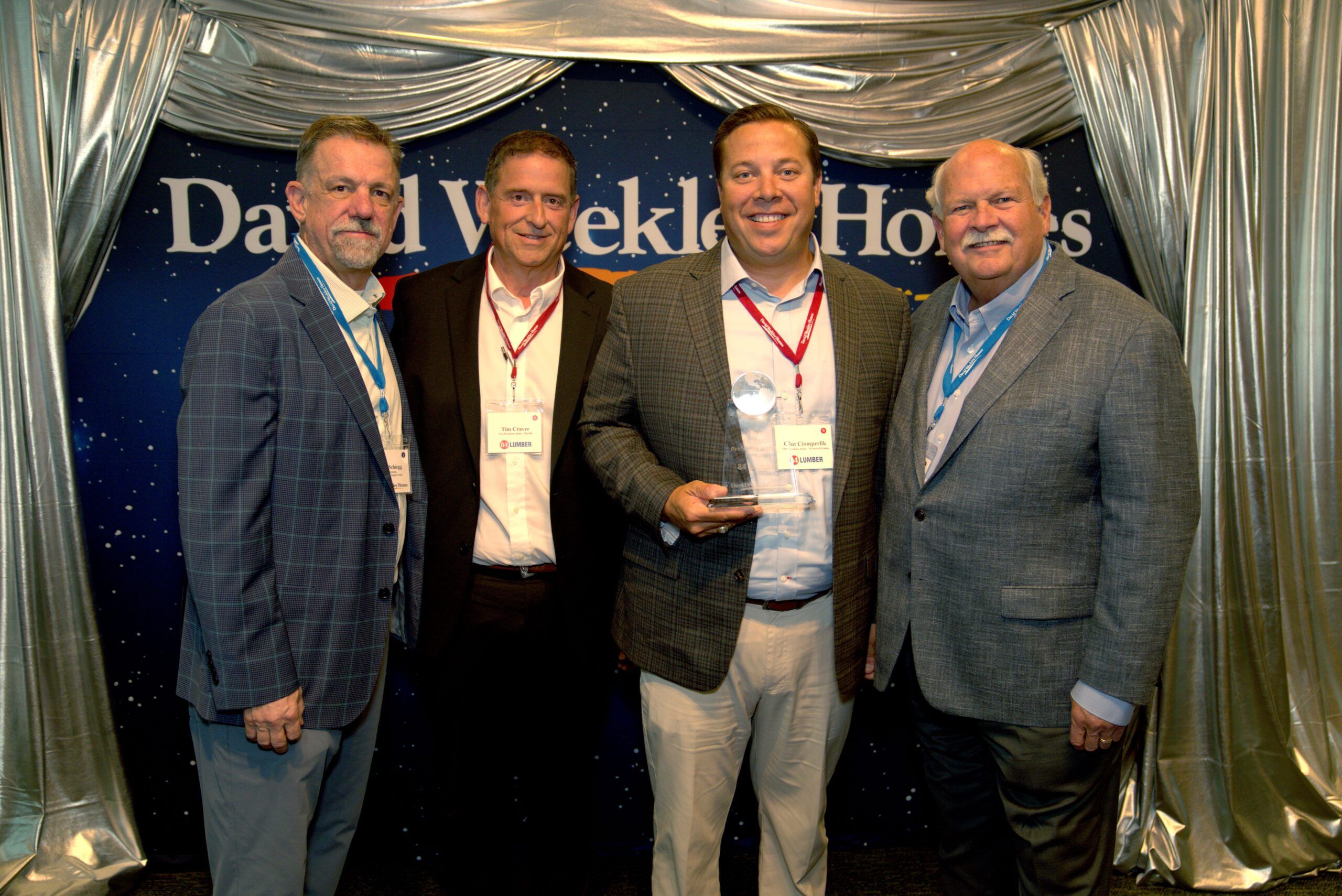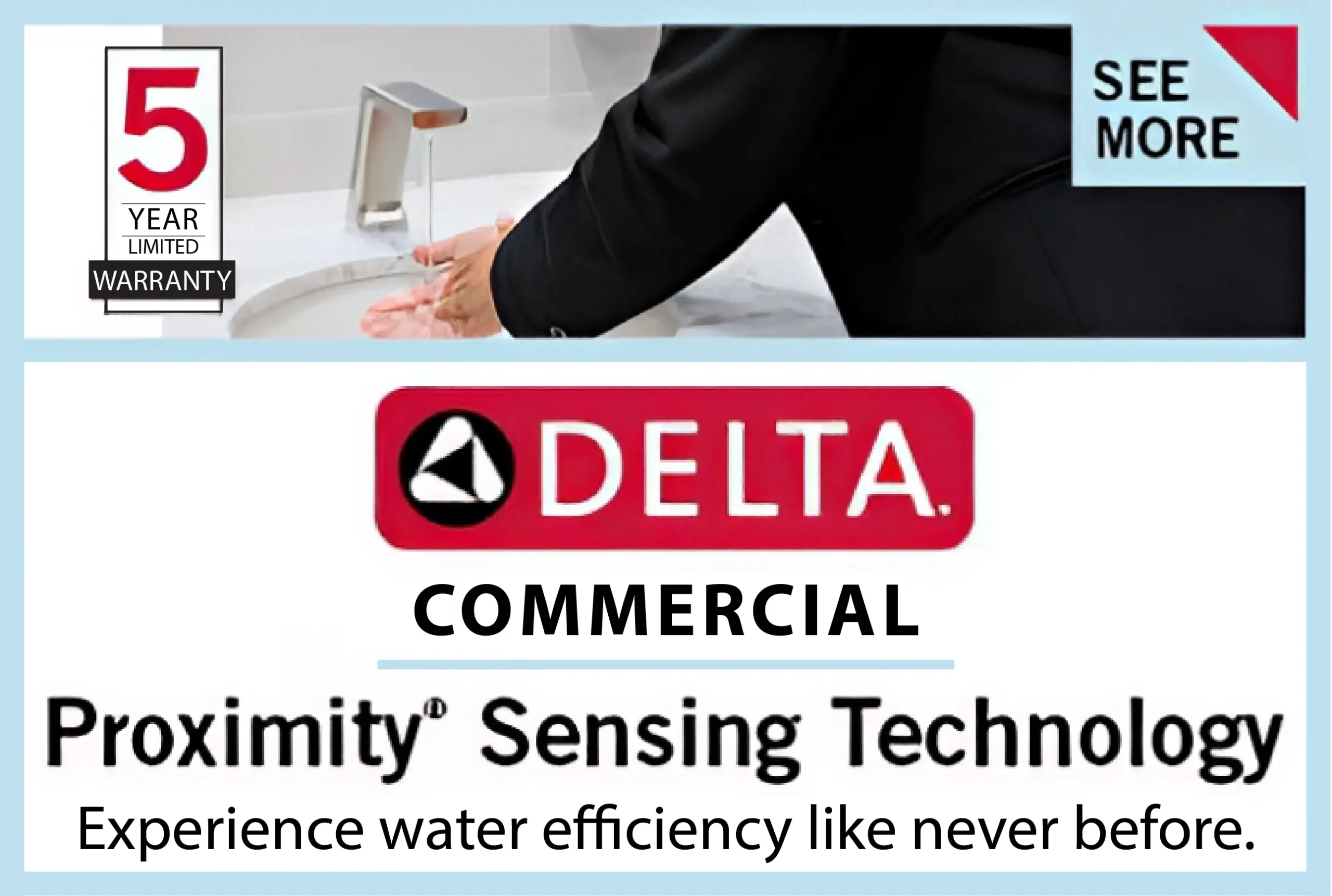A high-end horse facility is more than just a place to house horses—it’s a carefully designed environment that balances safety, durability, and efficiency. Every detail, from the barn’s structural materials to stall layout and ventilation, plays a role in ensuring long-term functionality and performance. Builders and architects must consider premium materials, airflow, lighting, and automation to construct a facility that meets the highest standards.
Investing in smart design and quality craftsmanship enhances horse well-being and operational efficiency. The right choices in materials, safety measures, and layout contribute to a facility that remains functional, visually appealing, and easy to maintain for years to come.
Site Selection & Planning for Long-Term Success
The foundation of a well-built horse facility begins with strategic site selection. A carefully chosen location minimizes maintenance challenges, enhances safety, and ensures proper drainage.
Topography and Drainage
An elevated, well-drained site prevents flooding and excessive mud buildup, reducing structural wear and minimizing health hazards for horses. Grading the land and incorporating French drains or gravel foundations helps maintain a stable, dry environment year-round.
Accessibility and Traffic Flow
A well-designed facility allows horses, riders, and vehicles to move smoothly. Wide driveways, designated parking areas, and clear access points prevent congestion and improve efficiency. Proximity to main roads, veterinary services, and supply providers adds further convenience.
Zoning and Permits
Before construction begins, zoning laws, environmental regulations, and building codes must be reviewed. Restrictions may apply to barn size, waste management, or water usage, so early consultation with local authorities or land-use experts is essential to avoid costly revisions.
Materials Matter: Choosing the Best for Durability & Efficiency
The right materials impact longevity, safety, and ease of maintenance. Every structural element should be chosen for its ability to withstand heavy use, weather exposure, and daily wear and tear.
Structural Materials: Wood vs. Steel
- Wood provides a classic, insulated barn feel but requires regular upkeep to prevent rot, insect damage, and fire hazards.
- Steel barns are fire-resistant, low-maintenance, and highly durable, making them ideal for large-scale equestrian facilities.
Flooring for Safety & Comfort
The right flooring prevents slips, joint strain, and hygiene issues:
- Rubber pavers offer traction and shock absorption.
- Concrete with rubber mats provides stability with added cushioning.
- Gravel bases with rubber mats enhance drainage in stalls.
Roofing & Insulation
A well-designed roof regulates temperature and ventilation while withstanding harsh weather conditions. Metal roofing with insulated panels is a popular choice, while skylights and translucent roof panels reduce the need for artificial lighting.
High-Quality Horse Stalls: The Cornerstone of a Premium Facility
A well-designed stall is essential for horse safety, comfort, and ease of maintenance. Investing in high-quality, durable stall systems enhances both efficiency and aesthetics.
Structural Integrity & Materials
Premium stalls use heavy-duty steel or powder-coated aluminum for longevity. Wood inserts (oak or tongue-and-groove pine) add strength and a traditional look. Well-constructed doors and dividers should be smooth, secure, and free of sharp edges.
Ventilation & Airflow
Proper airflow reduces heat buildup and respiratory risks. Features like grilled partitions, Dutch doors, sliding windows, and ceiling fans ensure consistent fresh air circulation throughout the facility.
Customization & Functionality
Luxury barns often include custom stall fronts with elegant designs, swing-out feeders, and larger stall sizes (14×14 feet or more for larger breeds). For those seeking high-end, durable stall solutions, there are horse stalls for sale that combine craftsmanship with modern design to enhance both safety and efficiency.
Ventilation & Lighting: Creating a Comfortable Environment
A well-ventilated, well-lit barn is essential for maintaining healthy air quality, proper temperature control, and operational efficiency.
Optimizing Airflow for Health & Safety
Horses are sensitive to dust, ammonia buildup, and humidity, making air circulation a top priority. A combination of ridge vents, cupolas, sliding doors, and exhaust systems helps maintain optimal airflow. According to the University of Minnesota Extension, properly designed ventilation systems significantly reduce moisture buildup, improve air circulation, and enhance horse health.
Strategic Lighting for Function & Efficiency
A mix of natural and artificial lighting improves visibility, safety, and energy efficiency:
- Skylights and translucent roof panels reduce reliance on artificial lighting.
- LED fixtures offer bright, energy-efficient illumination.
- Motion-activated lights enhance convenience while cutting energy costs.
Safety & Smart Design Features for Longevity
A high-end facility should be built with fire prevention, injury mitigation, and security in mind.
Fire Prevention & Emergency Planning
- Fire-resistant materials reduce risk.
- Electrical wiring should be encased in conduit to prevent damage.
- Sprinkler systems and fire extinguishers should be easily accessible.
Non-Slip Surfaces & Injury Prevention
- Rubber pavers or interlocking mats provide traction and cushioning.
- Grooved concrete enhances durability and grip.
- Drainage-friendly surfaces keep walkways dry.
Secure Fencing & Stall Latches
Durable oak board fencing, steel pipe fencing, and coated wire enhance security. Heavy-duty stall latches prevent horses from accidentally opening gates.
The Final Touches: Aesthetic & Functional Upgrades
Custom Tack Rooms & Lounge Areas
- Climate-controlled storage protects tack from deterioration.
- Built-in cabinetry and saddle racks keep equipment organized.
- Lounge areas with Wi-Fi and seating enhance the owner and rider experience.
Landscaping & Exterior Appeal
Strategic tree placement, decorative fencing, and paved pathways enhance the professional appearance of the facility.
Technology & Automation
- Automated feeding and watering systems ensure consistency.
- Security cameras and access control protect the facility.
- Temperature and humidity monitors maintain optimal barn conditions. These functional and aesthetic upgrades contribute to the cost and value of owning a commercial facility, making careful planning essential for a facility that remains efficient and durable for years to come.
Conclusion: Building a Facility That Stands the Test of Time
Constructing a high-end equestrian facility requires a balance of durability, safety, and efficiency. From site selection and materials to stall design and ventilation, every decision impacts long-term performance.
Investing in premium materials, fire-resistant construction, and automation enhances horse welfare and operational efficiency. A well-planned facility meets immediate needs while retaining its value over time.
With thoughtful planning and expert craftsmanship, builders can create a luxurious yet functional equestrian space—one designed for lasting success.


